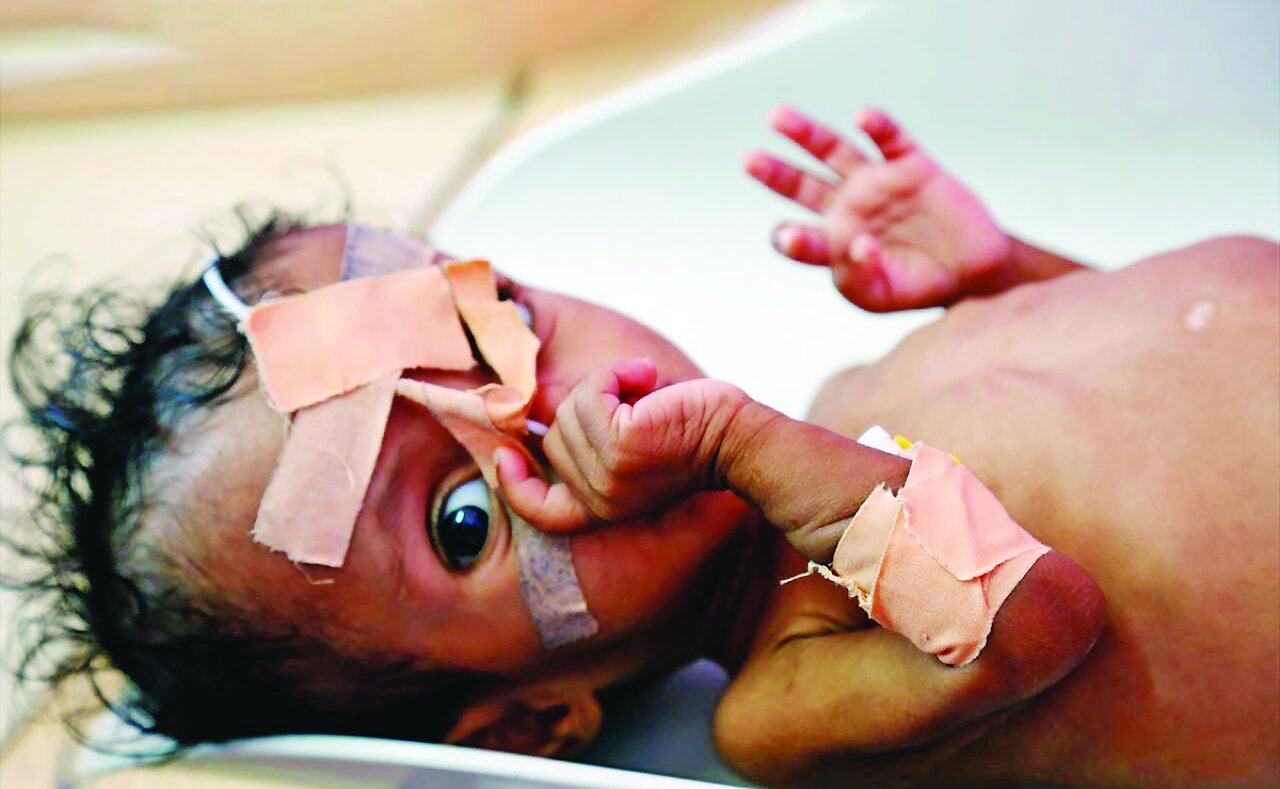The end of Yemen war on horizon but pains will remain

On Monday, the National Salvation government officials in Yemen announced the end of the war in the country, which may be one of the most important pieces of news of these days, but it was lost in the piles of news.
The Minister of State in Yemen’s National Salvation Government (NSG) in Sanaa, Abdulaziz al-Bakeer, said: "The Saudi-led war on Yemen has ended, and the humanitarian conditions and delivery of salaries have been agreed upon, and the extension of the truce agreement will be announced soon.”
The minister announced Sanaa's readiness to establish peace while respecting the principles and rights of the Yemeni nation.
Abdulaziz al-Bakeer also announced in a statement via Twitter that the UAE is preparing a delegation to launch direct negotiations with the NSG, which is affiliated with the Ansarallah resistance movement.
Perhaps the end of the war was the news that many expected to hear in these days, but the costs that this war imposed on Yemen may not be compensated for decades.
Every 10 minutes a Yemeni child dies as a result of the war. So far, more than 10,000 children have been killed or maimed since the fighting began in March 2015.
• 4 out of every 5 children need humanitarian assistance. That's more than 11 million children;
• 400,000 children suffer from severe acute malnutrition;
• More than two million children are out-of-school. Another four million are at risk of dropping out;
• Two-thirds of teachers - more than 170,000 - have not received a regular salary for more than four years;
• 1.7 million children are now internally displaced because of the violence. As violence intensifies, particularly around Marib, more families are fleeing their homes;
• A staggering 15 million people (more than half of whom are children - 8.5 million) do not have access to safe water, sanitation, or hygiene.
On March 25, 2015, Saudi Arabia, with the cooperation of a number of regional allies, began a clear military invasion against the innocent Yemenis.
Saudi Arabia along with its regional allies made this blatant aggression under the pretext of “restoring legitimacy”. They targeted Yemeni civilians and the country’s infrastructure in the first hours of the military attack.
Many hospitals, schools, universities, shopping malls, even beaches, agricultural fields, fishing boats - many of which are sources of livelihood for people - bridges, strategic communication centers, power plants, water supplies, and others have become targeted by their heavy attacks.
The aggressive fighters of the Arab-led coalition, led by Saudi Arabia, began their hostile military operations against the Yemenis. In the attacks, civilians were targeted directly, while the world kept silent.
Although Saudi officials have claimed that only military sites have been the aim, all the evidence, including the high number of civilian casualties, proves the contrary.
On the other hand, damages to residential areas, available on thousands of video files, are yet another proof of the Saudi outright lies in targeting sheer military sites.
This is despite the fact that international law bans targeting civilians and the infrastructure of countries in the event of a war. The Saudis' attacks on the Yemeni infrastructure have caused so many problems for the people of the country and have prevented them from dealing with their ordinary affairs and continuing their daily lives.
